Jaguar Land Rover Less Certain About Battery Powered SUVs in 2019

Despite delivering what could be considered a desirable premium EV with the I-Pace, Jaguar Land Rover admits it’s not entirely sold on the idea of electric sport utility vehicles. Due to their size, SUVs and crossovers are inherently heavier than traditional sedans — placing them at odds with the goal of maximizing efficiency.
More mass means diminished range. While this can be offset by a manufacturer installing larger battery packs, that increases costs and ultimately adds more heft to the single heaviest component in an EV. Large electrics bring other issues to the engineering table, too.
“The larger the vehicle the larger the aero challenge. If you’re not careful you end up with such big batteries and you make the vehicles so heavy that as you race down the autobahn the range disappears,” Nick Rogers, JLR’s head of engineering, told media at the company’s revamped engineering and design center in Gaydon, England.
Aerodynamic compromises are as plain as the nose on the I-Pace’s face. While Jaguar’s utility models are often sleeker than the competition, the all-electric I-Pace crossover takes things a step further by offering about the same ground clearance as a Honda Accord. While not hideous (or bad to drive), these compromises informed the shape of the model as much as anything else — which is probably why its silhouette matches that of Tesla’s Model X so closely. Until new advancements in battery technology crop up, this may be the only shape for the job.
Rogers said that delivering JLR’s SUV-related emission goals could require bringing “other technologies into play.” According to Automotive News, he suggests hydrogen technology as a possible alternative.
Unfortunately, the automaker’s leadership has mocked the idea of hydrogen-powered cars for years. Only small pockets of the planet have any fueling infrastructure in place, making global proliferation extremely slow in a best-case scenario. Wolfgang Ziebart, JLR’s head of product development, claimed he had no faith in the technology back in 2016. “The well to wheel relationship from the energy source to the vehicle is a disaster,” he said.
Jaguar Land Rover appointed a new head of hydrogen and fuels cells in March, but the company has not indicated its pursuit of any hydrogen-related research thus far. Rogers remains optimistic, however, and believes hydrogen could be a viable solution “if you’re creating the hydrogen with renewable energy.”
That’s not to suggest JLR is abandoning alternative-energy vehicles, however. Land Rover is currently attempting to add more plug-in hybrids to its fleet — including the new Defender. It also has a standing agreement with BMW to jointly develop electric powertrains.
From Automotive News:
JLR could benefit from its partnership with BMW after agreeing in June to work with its German rival on electric drive units.
BMW is currently collaborating with Toyota on fuel cells and will launch a test fleet of fuel cell versions of the X5 and X7 SUVs in 2021.
However, BMW said it backs batteries over fuel cells for creating zero-emission cars.
“The development we expect for battery density would make BEVs the most-efficient solution,” Klaus Froehlich, BMW Group board member for development, said on the sidelines of the company’s NextGen event in June.
Froelich said a fuel cell powertrain is 10 times more expensive than a full-electric one. The prices will not be comparable until about 2025, he said.
It should also be mentioned that, despite the I-Pace receiving a fair amount of praise for its on-road dynamics and adequate, 234-mile range, the model has not been a sales success. In the United States, Jaguar only moves around 200 units per month. Europe performed better and saw a surge in volume a few months after the 2018 launch, peaking at 2,983 deliveries last December. However, EU sales have declined since then, with July seeing a scant 774 orders.
[Images: Jaguar Land Rover]

A staunch consumer advocate tracking industry trends and regulation. Before joining TTAC, Matt spent a decade working for marketing and research firms based in NYC. Clients included several of the world’s largest automakers, global tire brands, and aftermarket part suppliers. Dissatisfied with the corporate world and resentful of having to wear suits everyday, he pivoted to writing about cars. Since then, that man has become an ardent supporter of the right-to-repair movement, been interviewed on the auto industry by national radio broadcasts, driven more rental cars than anyone ever should, participated in amateur rallying events, and received the requisite minimum training as sanctioned by the SCCA. Handy with a wrench, Matt grew up surrounded by Detroit auto workers and managed to get a pizza delivery job before he was legally eligible. He later found himself driving box trucks through Manhattan, guaranteeing future sympathy for actual truckers. He continues to conduct research pertaining to the automotive sector as an independent contractor and has since moved back to his native Michigan, closer to where the cars are born. A contrarian, Matt claims to prefer understeer — stating that front and all-wheel drive vehicles cater best to his driving style.
More by Matt Posky
Latest Car Reviews
Read moreLatest Product Reviews
Read moreRecent Comments
- Calrson Fan We are already seeing multiple manufacturers steering away from EVs to Hybrids & PHEVs. Suspect the market will follow. Battery tech isn't anywhere close to where it needs to be for EV's to replace ICE's. Neither is the electrical grid or charging infrastructure. PHEV's still have the drawback that if you can't charge at home your not a potential customer. I've heard stories of people with Volts that never charge them but that's a unique kind of stupidity. If you can't or don't want to charge your PHEV then just get a hybrid.
- AZFelix The last time I missed the Malibu was when one swerved into my lane and I had to brake hard to avoid a collision. 1 out of 5⭐️. Do not recommend.
- 2ACL I won't miss it; it was decent at launch, but in addition to the bad packaging, GM did little to keep it relevant in the segment. I'd prefer that another domestic automaker doesn't just give up on the mainstream sedan, but unlike some of Ford's swan songs, the Malibu made an indifferent case for why they should live.
- ToolGuy TG grows weary of purchasing gasoline. I don't care so much how or why, I am just tired of it. I still buy petroleum products, not 'boycotting oil,' but backing away from gasoline where I can. Sample size = 1.
- Probert Maybe it's not too late for the Dodge Neon I've always dreamed of!!! To the keyboard Robin!





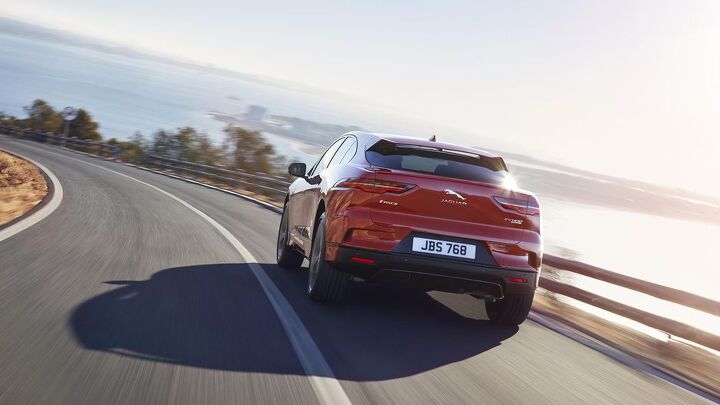












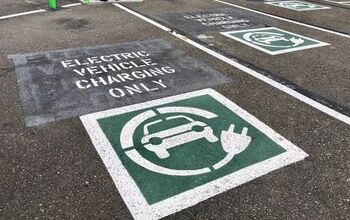
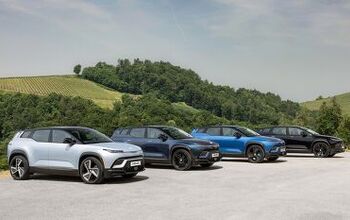

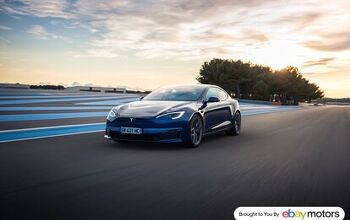
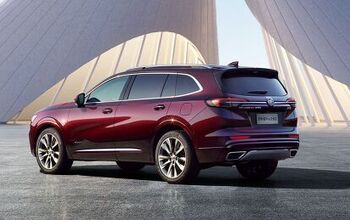
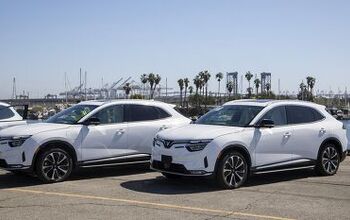
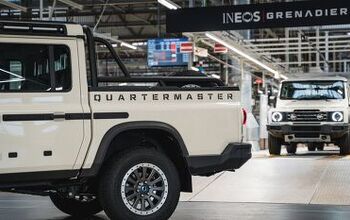
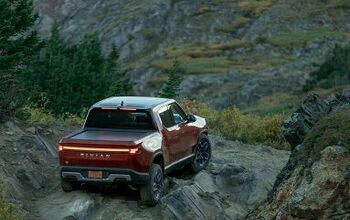
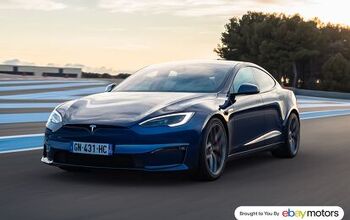



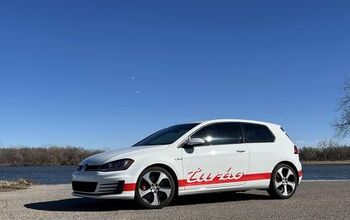
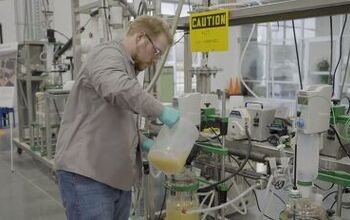
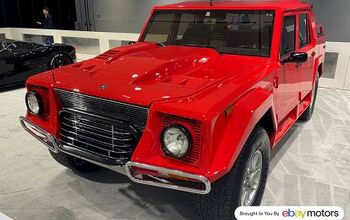

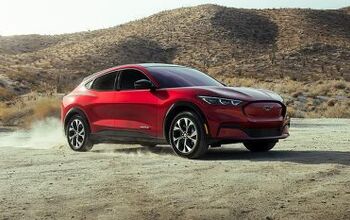
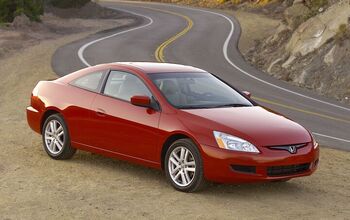
Comments
Join the conversation
Diesel. That is the answer. The compression-ignition motor will provide you with power, good fuel economy and range. Equipped with modern emissions control systems, those Diesel engines emit less CO2 and particulates than a comparable gasoline engine.
Maybe in 5-7 years the EV will actually be relevant after all: oilprice.com/Energy/Energy-General/Is-This-The-End-Of-The-Lithium-Ion-Battery.html